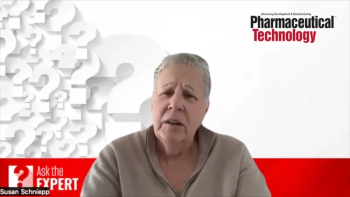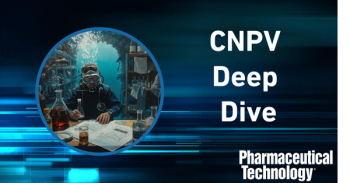
CDC Identifies Cause of Heparin-Related Reactions
A Centers for Disease Control and Prevention (CDC) study confirmed that severe adverse reactions reported in the fall and winter of 2007 resulted from heparin contaminated with oversulfated chondroitin sulfate (OSCS).
Atlanta, GA (Dec. 3)-A Centers for Disease Control and Prevention (CDC) study confirmed that severe adverse reactions reported in the fall and winter of 2007 resulted from heparin contaminated with oversulfated chondroitin sulfate (OSCS). The study, “
CDC identified 152 adverse reactions associated with heparin in 113 patients from Nov. 19, 2007 through Jan. 31, 2008. Heparin manufactured by Baxter Healthcare (Deerfield, IL) “was the factor most strongly associated with reactions (present in 100.0% of case facilities versus 4.3% of control facilities, P<0.001),” according to the study.
Investigators discovered that facilities that reported adverse reactions had vials of heparin manufactured by Baxter that contained a contaminant identified as OSCS within its active pharmaceutical ingredient (API). “Of 130 reactions for which information on the heparin lot was available, 128 (98.5%) occurred in a facility that had OSCS-contaminated heparin on the premises. Of 54 reactions for which the lot number of administered heparin was known, 52 (96.3%) occurred after the administration of OSCS-contaminated heparin,” according to the study.
Treatment with OSCS-contaminated heparin was associated with adverse reactions such as hypotension, nausea, and shortness of breath. These symptoms appeared within 30 min. of administration, the study noted.
APP Pharmaceuticals (Schaumburg, IL) became the major supplier of heparin sodium to the US market when Baxter recalled its lots of heparin sodium for injection in January and February 2008. APP’s heparin API had been screened to ensure that it did not contain the identified contaminant.
In a company fact sheet, APP described procedures it has adopted to ensure that its API is free of contaminants. Quality-assurance laboratories at APP’s suppliers’ facilities perform tests such as nuclear magnetic resonance and capillary electrophoresis before APP receives the API, according to the fact sheet. In addition, the US Food and Drug Administration and APP’s quality-assurance team audit suppliers’ plants.
When APP’s manufacturing facilities receive the API, the company quarantines it for further testing. APP conducts tests required by FDA and the US Pharmacopeia to assess the purity and quality of the API, according to the
On Dec. 5, 2008, APP launched a heparin-related
APP plans to expand the initiative to include safety information, packaging, and label enhancements for other high-alert products, according to a company press release. The company’s goal is to provide information that may help to reduce medical errors and achieve successful outcomes with patients.
Newsletter
Get the essential updates shaping the future of pharma manufacturing and compliance—subscribe today to Pharmaceutical Technology and never miss a breakthrough.




